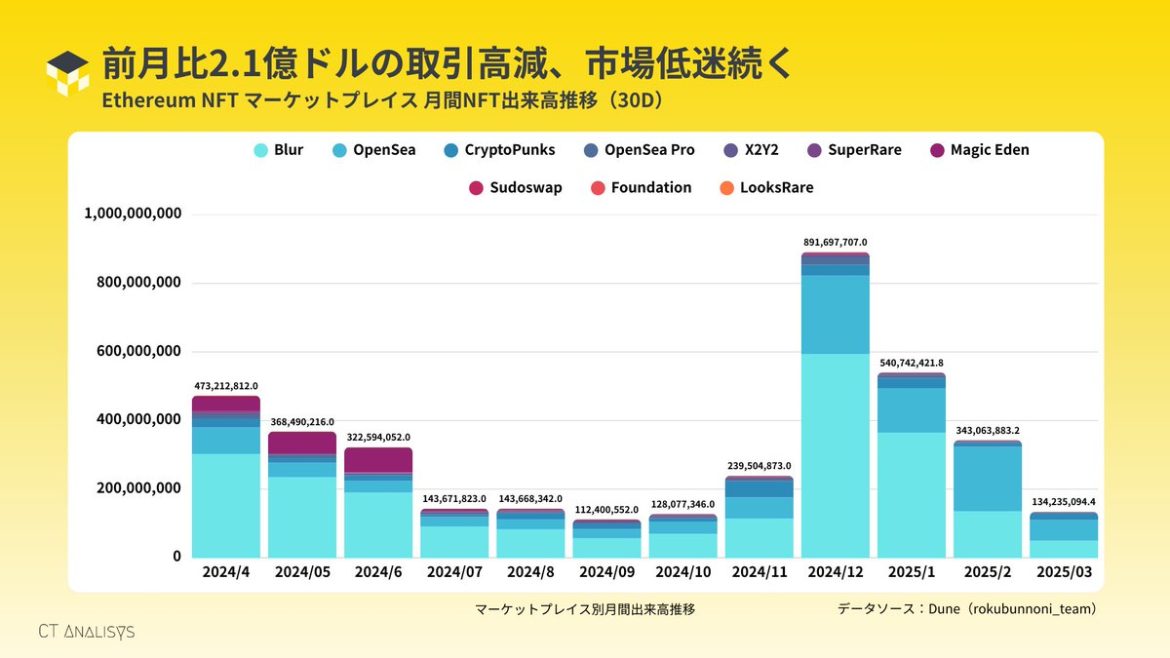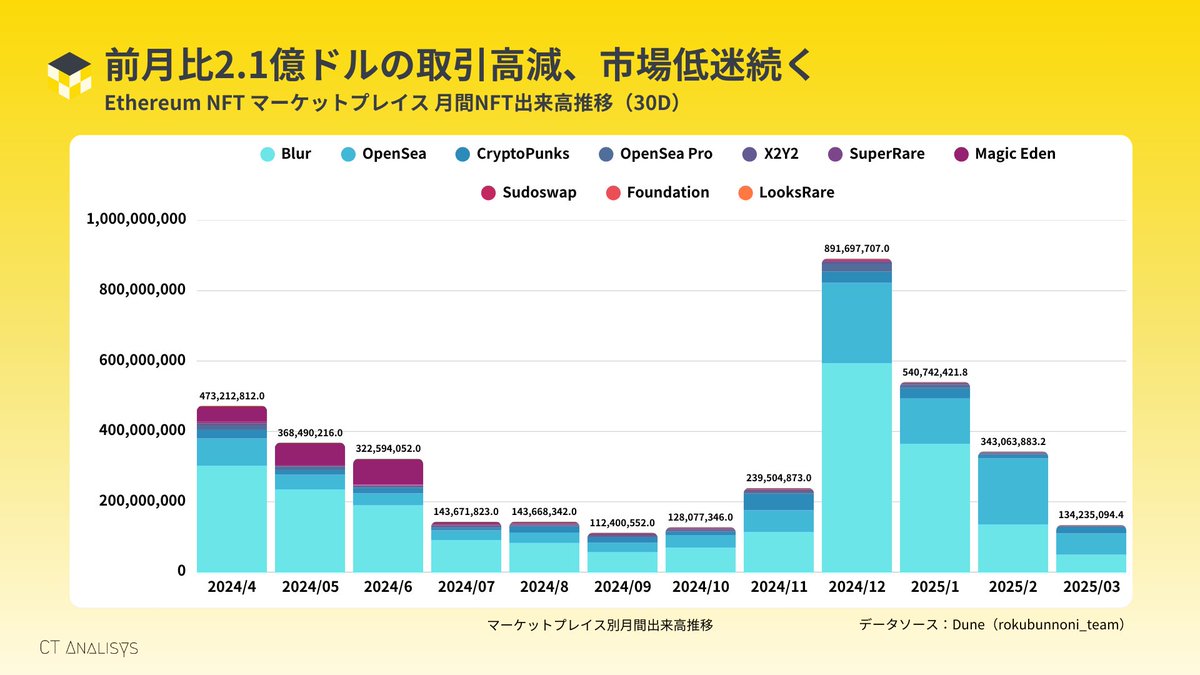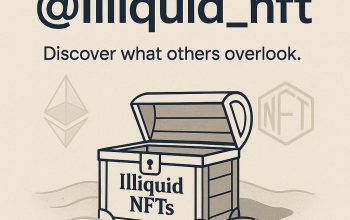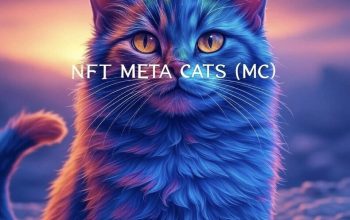The Evolution and Current State of Ethereum NFT Marketplaces
The Dawn of a New Digital Era
In the digital age, the concept of ownership has taken on new dimensions. Non-Fungible Tokens (NFTs) have emerged as a groundbreaking way to represent unique digital assets on the blockchain. Ethereum, with its advanced smart contract capabilities, has become the leading platform for NFT marketplaces. As we look towards the future, the landscape of Ethereum NFT marketplaces in 2025 is both dynamic and intriguing, reflecting broader trends in the crypto and blockchain space.
The Rise of NFTs on Ethereum
A Brief History
The journey of NFTs began to gain traction in 2021, with high-profile sales and celebrity endorsements that captured global attention. Ethereum, already established as the go-to platform for smart contracts, naturally became the preferred choice for NFTs. The introduction of the ERC-721 and ERC-1155 standards in 2017 and 2018, respectively, laid the groundwork for creating unique, tradable digital assets on the Ethereum blockchain. These standards enabled the development of a wide range of NFT applications, from digital art and collectibles to in-game items and virtual real estate.
The Boom and Bust Cycle
The NFT market experienced a meteoric rise in 2021, with record-breaking sales and a surge in new marketplaces. However, like many sectors in the crypto space, NFTs also faced a correction in 2022 and 2023. Despite this volatility, the market has shown remarkable resilience, driven by innovative use cases and a growing user base. The boom and bust cycle is a familiar pattern in the crypto world, but it also highlights the market’s adaptability and potential for long-term growth.
The Current State of Ethereum NFT Marketplaces
Market Trends in 2025
As of March 2025, the Ethereum NFT market has seen a 2.1 billion dollar decrease in monthly trading volume compared to the previous month. This decline is part of a broader trend in the crypto market, reflecting a period of consolidation and maturation. Despite this, the market remains vibrant, with new projects and use cases emerging regularly. The decrease in trading volume can be attributed to several factors, including market saturation, regulatory uncertainties, and the natural ebb and flow of investor interest.
Leading Marketplaces
OpenSea, the largest NFT marketplace on Ethereum, continues to maintain its position at the top. However, it has also seen a decrease in trading volume, down by 1.2 billion dollars. This decline can be attributed to increased competition and a shift in user preferences towards more specialized and community-driven platforms. Other notable marketplaces like Rarible and Foundation have also seen fluctuations in trading volume, reflecting the dynamic nature of the NFT market.
The Role of $SEA
OpenSea’s $SEA token, introduced in 2024, has played a significant role in driving trading activity on the platform. The token has incentivized users to engage more actively with the platform, contributing to its sustained leadership position. By offering rewards and benefits to token holders, OpenSea has been able to foster a loyal user base and maintain its competitive edge in the market.
Factors Influencing the Ethereum NFT Market
Technological Advancements
Ethereum’s transition to Proof of Stake (PoS) with Ethereum 2.0 has significantly reduced gas fees and improved transaction speeds. This has made NFT transactions more affordable and accessible, driving growth in the market. The scalability improvements brought by Ethereum 2.0 have also addressed some of the network’s previous limitations, making it a more attractive platform for NFT creators and collectors.
Regulatory Environment
The regulatory environment for NFTs and cryptocurrencies has been evolving rapidly. While some jurisdictions have taken a cautious approach, others have embraced the technology, providing clear guidelines for NFT marketplaces. This regulatory clarity has helped to build trust and attract more users to the market. As governments and financial institutions continue to grapple with the implications of blockchain technology, the regulatory landscape is likely to become even more defined, shaping the future of the NFT market.
Community and Culture
The NFT community has played a crucial role in driving the market’s growth. From artists and collectors to developers and investors, the community’s passion and creativity have fueled innovation and adoption. The rise of NFT collectives and DAOs (Decentralized Autonomous Organizations) has further strengthened the community’s influence. These decentralized entities have enabled collaborative ownership and decision-making, fostering a sense of community and shared purpose.
The Future of Ethereum NFT Marketplaces
Emerging Trends
Looking ahead, several trends are likely to shape the future of Ethereum NFT marketplaces. These include the rise of fractional ownership, the integration of NFTs with DeFi (Decentralized Finance), and the exploration of new use cases in gaming, virtual worlds, and the metaverse. Fractional ownership allows multiple investors to own a share of a high-value NFT, making it more accessible and liquid. The integration of NFTs with DeFi opens up new possibilities for financial innovation, such as NFT-based loans and staking.
Challenges and Opportunities
Despite the promising outlook, Ethereum NFT marketplaces face several challenges. These include scalability issues, regulatory uncertainty, and the need for better user education. However, these challenges also present opportunities for innovation and growth. As the market matures, solutions to these challenges will emerge, driving the next wave of growth and adoption.
Conclusion: The Enduring Appeal of Ethereum NFTs
The Ethereum NFT market, despite its ups and downs, continues to captivate and inspire. Its ability to represent ownership of unique digital assets has opened up new possibilities for creators, collectors, and investors. As the market matures, it is poised to play an even more significant role in the digital economy.
The future of Ethereum NFT marketplaces is bright, filled with potential and promise. As we continue to explore and innovate, the boundaries of what is possible will expand, driving the next wave of growth and adoption. The enduring appeal of Ethereum NFTs lies in their ability to revolutionize the way we think about ownership and value in the digital age.
—
Sources





